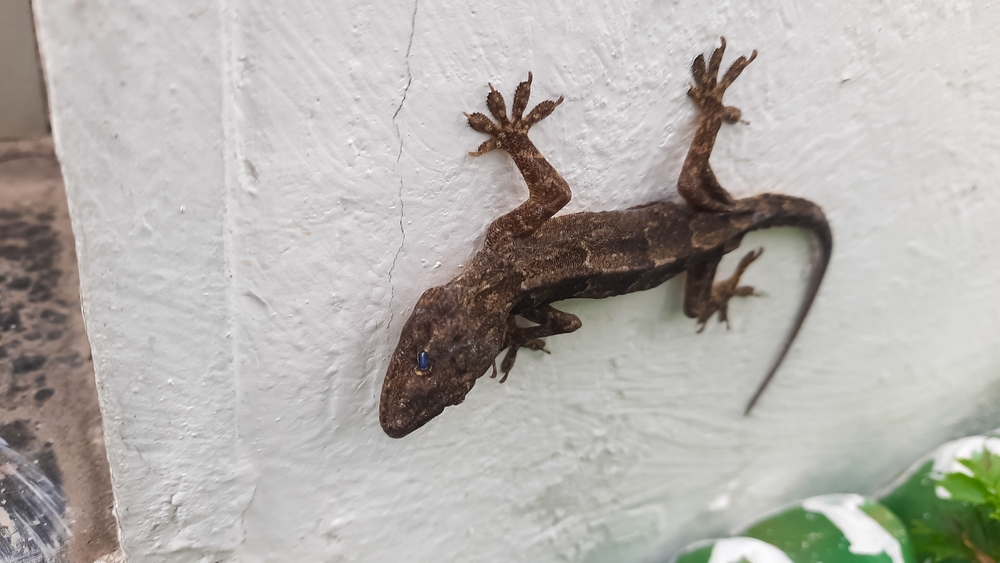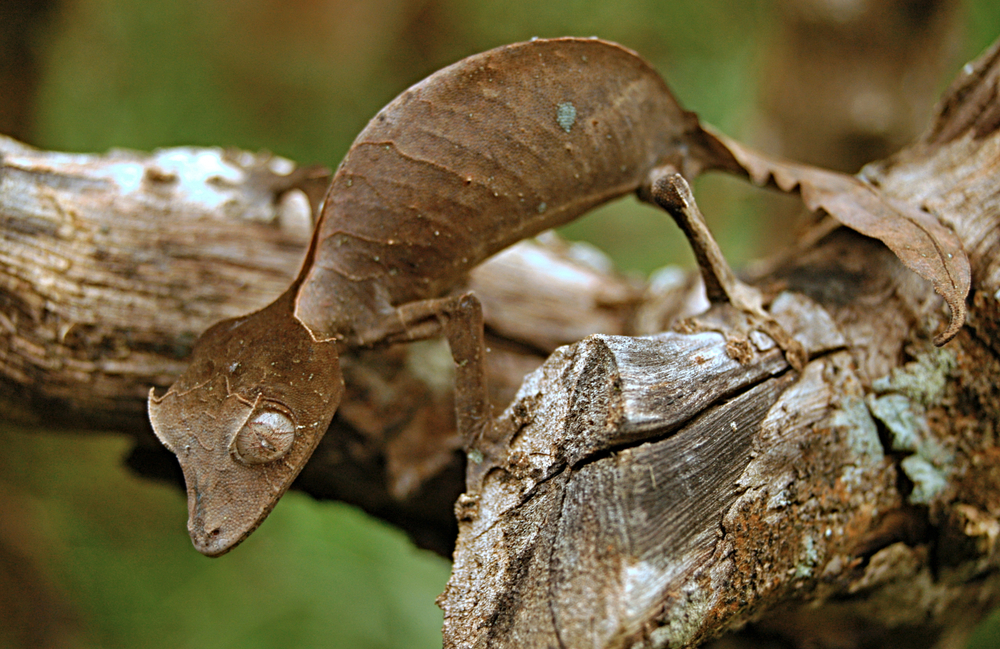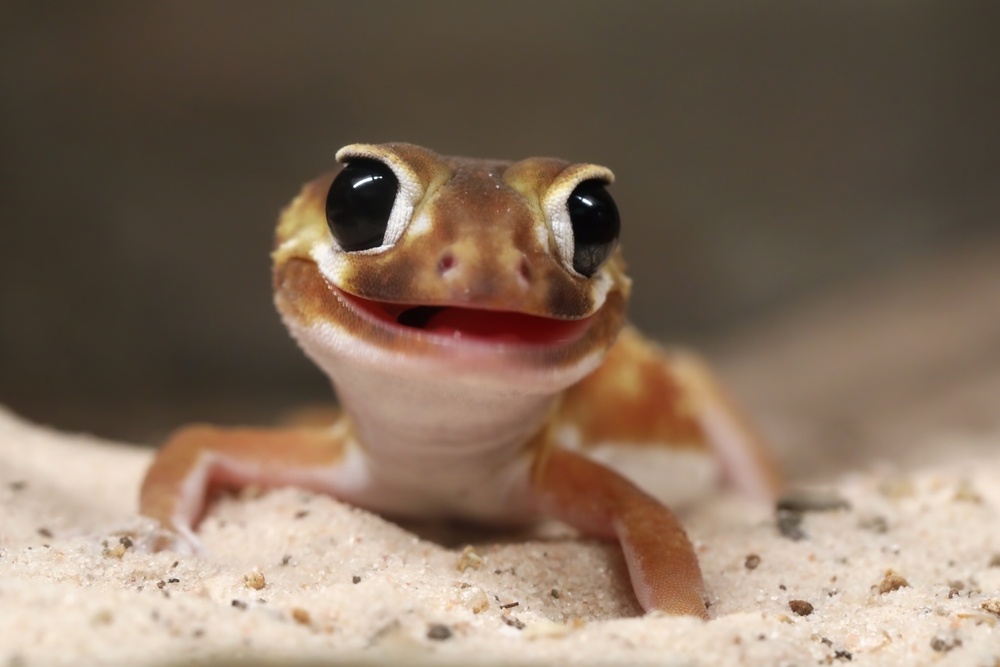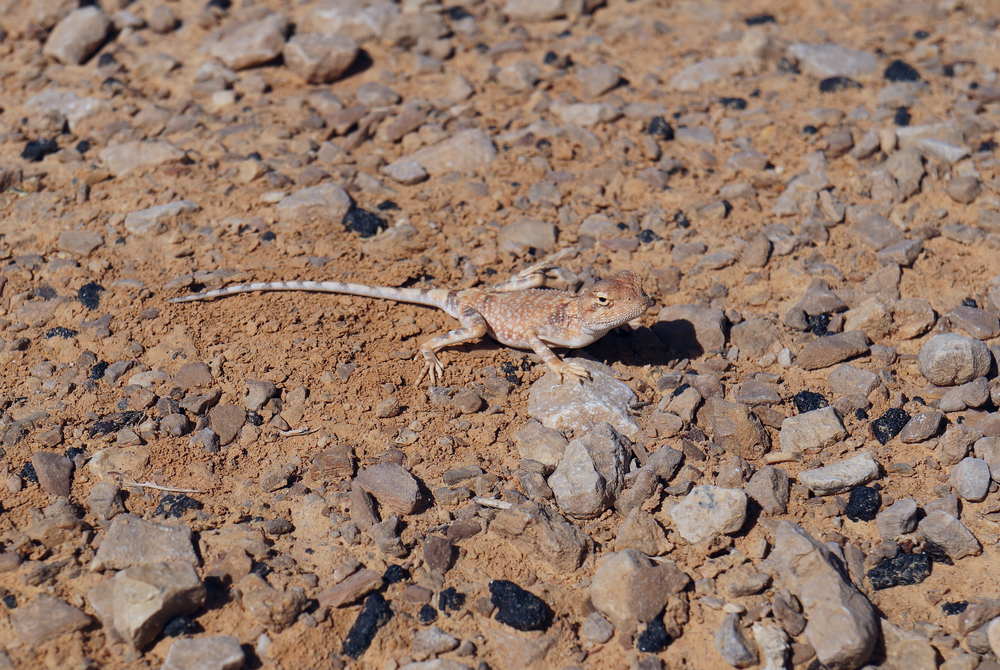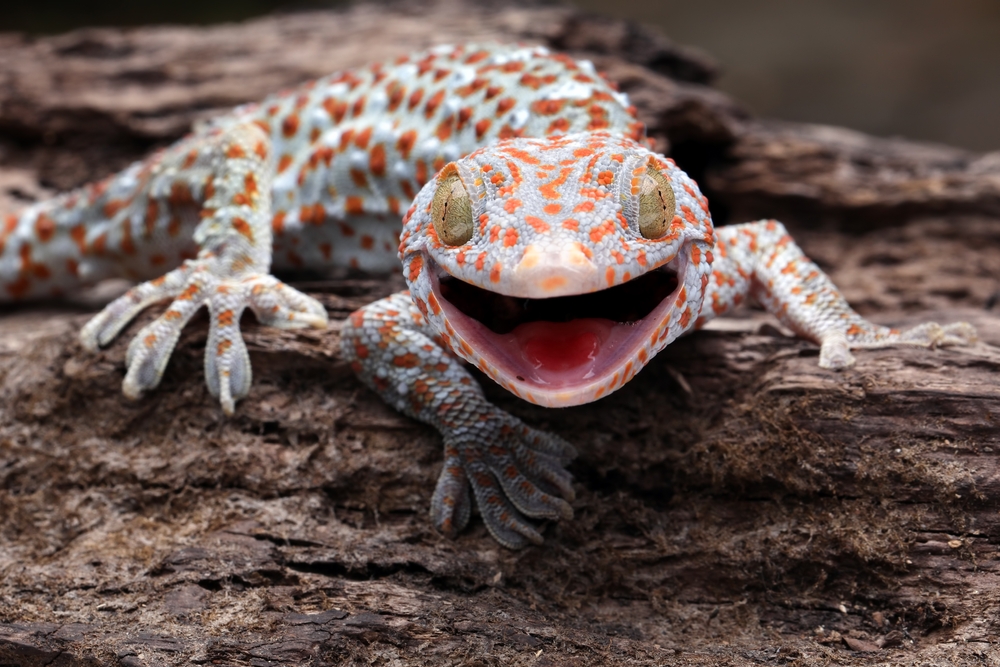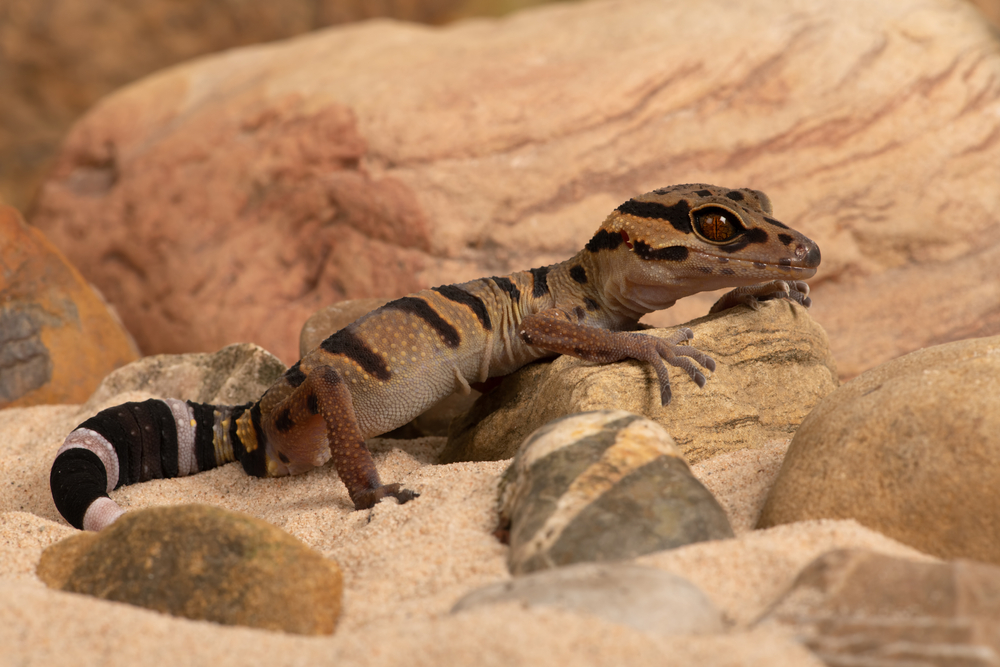Uniqueness
The Common House Gecko is one of the most widespread and resilient reptiles on Earth. Its ability to thrive in human environments, rapid reproduction, and global distribution set it apart from nearly all other gecko species. Though small and often overlooked, it is a biological success story of urban adaptation.
Global Expansion and Invasive Status:
Originally native to Southeast Asia, this species has now colonized every continent except Antarctica, often displacing native geckos through competition. It is considered invasive in many regions, including parts of the U.S., Pacific Islands, and Australia.
Wall-Crawling Specialist:
With broad adhesive toe pads, the Common House Gecko can climb walls, ceilings, glass, and smooth plastic surfaces—allowing it to access lights, vents, and high hiding spots that few predators or other reptiles can reach.
Synanthropic Lifestyle:
Unlike most reptiles, it prefers to live alongside humans, feeding on indoor insects and hiding in homes, restaurants, and hotel rooms. Its comfort in artificial light and temperature-controlled settings makes it one of the few reptiles that benefits from urbanization.
Rapid Reproduction and Colonization:
With a short generation time and the ability to produce numerous clutches annually, H. frenatus quickly establishes populations anywhere it arrives. A single pregnant female can start a new population, and eggs often adhere to luggage, wood, or cargo, aiding passive transport.
Chirping Communication:
Males produce series of clicks or chirps during mating season—one of the few gecko species with audible vocalizations in homes, which often surprises human residents.
Resilience and Plasticity:
This species tolerates a wide range of temperatures and humidity, can feed opportunistically, and shows minimal site fidelity—quickly moving to new shelters if disturbed. Its generalist nature gives it an edge in unstable or high-traffic environments.
The Common House Gecko’s remarkable global spread, human tolerance, and survival tactics make it a true ambassador of urban wildlife, quietly thriving in the corners and ceilings of cities across the planet.



































































